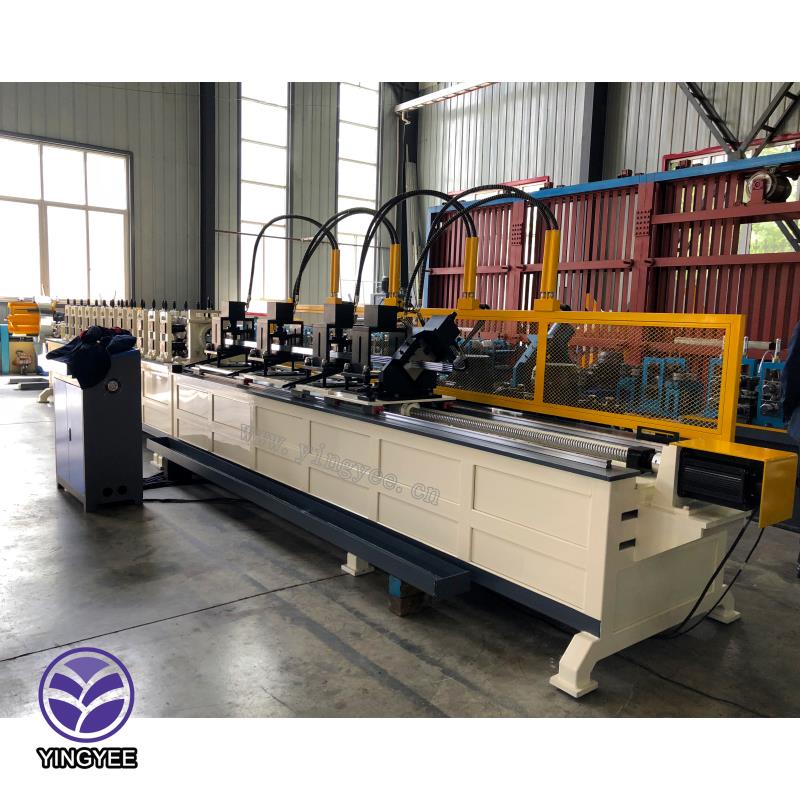
The Evolution and Benefits of Cold Purling Roll Forming Machines
In the realm of metalworking, the cold purling roll forming machine stands out as a key player in the fabrication of building materials, particularly for the construction industry. This innovative machinery is essential for forming purlins, which are horizontal supports used in roofs and walls. As demands for efficient, durable, and economically viable construction materials escalate, the significance of cold purling roll forming machines continues to grow.
Understanding Cold Roll Forming Technology
Cold roll forming is a process that involves bending and shaping metal sheets or strips into specific profiles without the application of heat. This method allows manufacturers to create precise dimensions and complex shapes that might be difficult to achieve with traditional metalworking techniques. During roll forming, the metal is passed through a series of rollers, each designed to gradually shape the material into the desired cross-section. The result is a product that maintains high structural integrity while minimizing material waste.
The cold purling roll forming machine specifically caters to the manufacture of purlins, which are critical components in various building structures. Purlins serve as the backbone of roofing systems, supporting both the roof sheeting and the overall structure. They are essential in distributing loads, ensuring the stability and longevity of buildings.
Advantages of Cold Purling Roll Forming Machines
The adoption of cold purling roll forming machines comes with a plethora of advantages that appeal to both manufacturers and end-users

1. Cost Efficiency One of the most significant benefits of using cold roll forming technology is the reduction in production costs. The ability to produce high quantities of purlins quickly, with minimal material wastage, results in lower overall manufacturing expenses. Additionally, cold-formed sections typically require less material than hot-rolled alternatives, further cutting costs.
2. Strength and Durability Cold-formed purlins are known for their exceptional strength-to-weight ratio. The process imparts a higher yield strength to the material, making cold purlins a robust choice for structural applications. This durability means that buildings constructed with these components are more resilient to environmental stressors such as wind and snow loads.
3. Customizability Cold purling roll forming machines can be designed to produce various profiles and dimensions to meet specific project requirements. This customizability allows builders to select the best-suited profiles for their projects, enhancing the overall design flexibility.
4. Sustainability As the global construction industry moves towards more sustainable practices, cold purling roll forming machines offer a significant advantage. The process generates less scrap metal compared to traditional methods, and the use of high-strength materials often leads to lighter structures that require less energy for transportation and installation.
5. Speed and Efficiency The efficiency of cold roll forming technology enables rapid production cycles. Machines can operate continuously, reducing downtime and accelerating project timelines. This speed is a crucial factor in meeting the demands of modern construction schedules where time is often of the essence.
Conclusion
Cold purling roll forming machines represent a significant advancement in construction technology, merging efficiency with the production of high-quality materials. As the industry evolves and the demand for sustainable, cost-effective solutions increases, these machines will play an essential role in shaping the future of building construction. Their ability to produce durable, customized, and lightweight purlins ensures that they will remain a staple in the arsenal of modern building techniques, supporting the construction of safe, resilient structures for years to come. As awareness of their benefits grows, so too will their prevalence in construction projects around the world, heralding a new era in structural engineering.